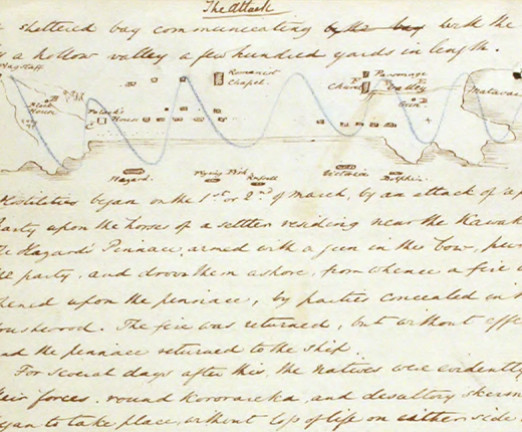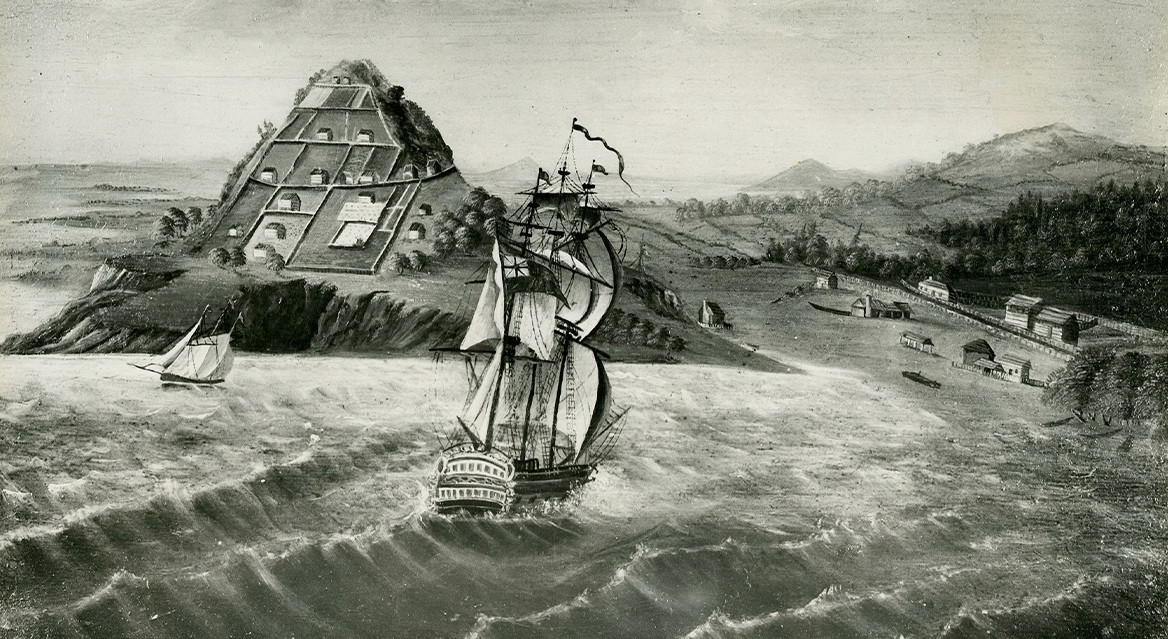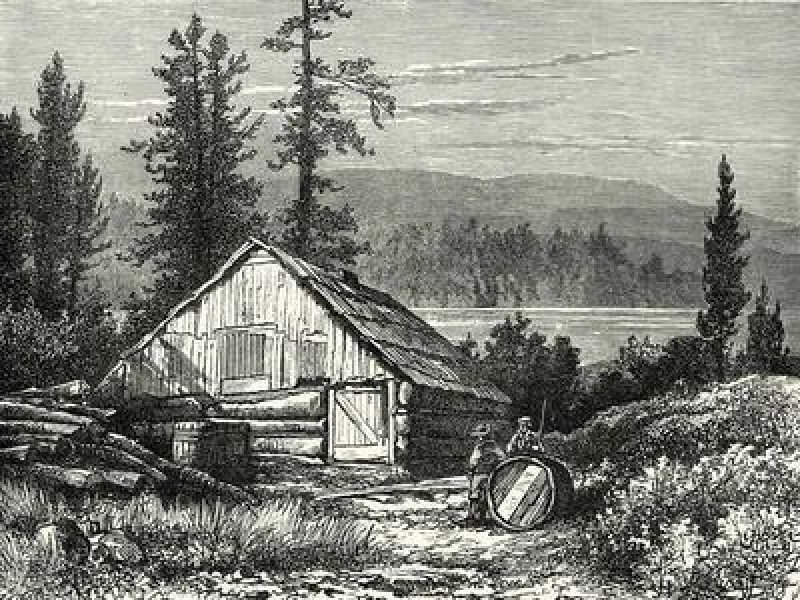
New Zealand & Polynesian Records from Colonial Missionaries, 1838–1958

New Zealand & Polynesian records in the USPG archive
The missionaries were not lacking in courage and resolution, but inevitably they saw the Māori from a vastly different cultural vantage point. They were not qualified by education… to recognise that the Māori had a way of life in some respects superior to the European.Wesley Historical Society (NZ)
Access the full collection
Access the full archive of New Zealand & Polynesian Records from Colonial Missionaries, 1838–1958.
Institutional Free Trial
Start your free trialRegister for a free 30-day trial of New Zealand & Polynesian Records from Colonial Missionaries, 1838–1958, for your institution.
Institutional Sales
Visit Sales PagesellFor more information on institutional access, visit our sales page.
Single User License
Purchase a license below to view the full collection.
Already have a license? Sign in.
New Zealand and Polynesia through the eyes of Anglican missionaries

New Zealand & Polynesian Records from Colonial Missionaries, 1838–1958 was curated in association with the Bodleian Library.
This collection contains records compiled by the United Society Partners in Gospel (USPG), a UK-based Anglican missionary organisation that operates globally. From the eighteenth to the early twentieth century the USPG went by the name of the Society for the Propagation of the Gospel in Foreign Parts (SPG).
Anglican missionaries first arrived in New Zealand and Polynesia in the seventeenth century. Their mission was to spread the gospel to the indigenous Māori and Polynesian people. The arrival of Europeans disrupted traditional ways of life.
This collection includes letters, journals, and supplementary material composed by the SPG’s New Zealand and Polynesian branches during the period 1838–1958. These documents contain a wealth of information, including: progress of the mission, relations with the indigenous Polynesians, the geography of the land, and insights into how monetary grants were spent.
Contents
New Zealand & Polynesian Records from Colonial Missionaries, 1838–1958...
New Zealand & Polynesian records in the USPG archive
Discover
Highlights
-800x600.jpg)
Licensed to access Accounts of Patteson's death, 1871
John Coleridge Patteson served as the first Bishop of Melanesia from 1861 until his death in 1871. Patteson was murdered on the island of Nukapu in the Solomon Islands. At the time, it was believed that Nukapu’s inhabitants had murdered Patteson as revenge for the abduction of five men a few days before by European colonists. This document includes accounts of his death submitted to the editor of The Wells Journal.

Licensed to access New Zealand papers, 1838–1855
This document includes a letter from Rev. William Selwyn in 1839 to the SPG discussing the best way to establish the Church in New Zealand. Selwyn explains that he has applied for land in New Zealand and offers his services as pastor. William Selwyn’s brother, George Selwyn, later became the first Anglican Bishop of New Zealand, arriving in 1842.
-800x600.jpg)
Licensed to access New Zealand papers, 1840–1875
This document includes the correspondence and journals of the first Anglican Bishop of New Zealand, George Selwyn. Of particular interest are the journals relating to the Bishop’s visitation tour, which track his journey around New Zealand and his progress in spreading the gospel.
-800x600.jpg)
Licensed to access Honolulu, 1871–1910
This document includes copies of letters received from the diocese in Honolulu, beginning with a letter from King Kamehameha V to the Archbishop of Canterbury in 1871. Notably, the letters from Alfred Willis, Bishop of Honolulu, cover the annexation of Hawaii by the USA in July 1898.
Insights
The first missionaries sent by the SPG to Australia arrived in New South Wales in 1739.
Correspondence from New Zealand, between 1840 and 1875, includes descriptions of missionaries' early encounters with the indigenous Māori.
This collection includes the correspondence and journals of George Selwyn, the first Anglican Bishop of New Zealand. Selwyn and 22 others left Plymouth in December 1941 and he arrived in Auckland in May 1842. On the outbound journey to Sydney, Selwyn was taught the Māori language by a Māori boy returning from England. On arrival in New Zealand, Selwyn was able to preach using the Māori language.
Documents in the volume “Melanesia Diocese, 1838–1958” consist almost entirely of the private correspondence of Bishop John Coleridge Patteson, the first Bishop of Melanesia. Patteson was not always welcomed by local communities, who treated him with suspicion due to the abuses they faced at the hands of European colonists who enslaved and kidnapped Melanesian people.
Patteson aimed to educate boys at his missionary school on Norfolk Island, before returning them to their villages for the purpose of leading the next generation. Patteson was not always successful in this mission and he experienced difficulty in trying to persuade local people to send their sons to missionary school.
Unlock Historical Research for Your Institution
Provide your students and researchers with direct access to unique primary sources.
Related Media







